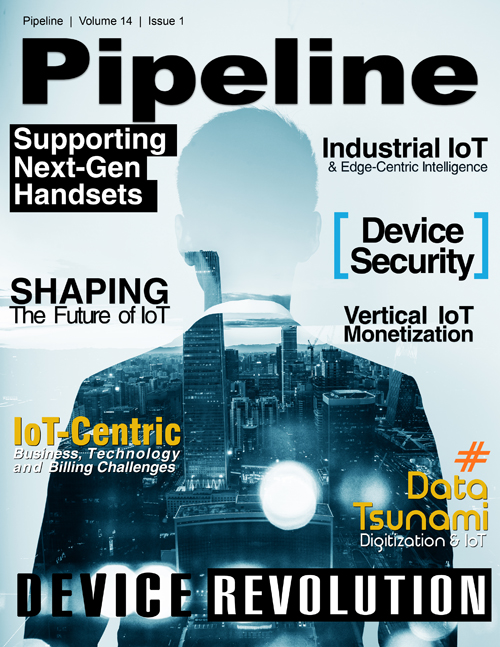Preparing for Tsunami of Data
With multiple, tightly packed platoons, meeting SLAs around accuracy and timeliness of information becomes a matter of convenience and energy savings, but also of life and death.
We have seen a number of terrorist attacks using vehicles, as that which occurred in Nice, France. Some worry that vehicle information systems could be compromised by criminal sources, who would turn vehicles into weapons. In the United States, the number of vehicles stolen via hacking is now larger than the number stolen via mechanical means, with a recent report detailing the theft of 45 brand new Jeeps from dealerships via hacking.When hybrid vehicles first came out, they had an automatic switch that had the gas engine start to recharge the hybrid battery as soon as the charge dropped below a fixed threshold. Then, an orchestration overlay system was added to optimize performance and gas mileage by combining information from the gas engine on engine load with information from the battery on state of charge. Then yet another layer of orchestration was added to combine the information in the engine load and battery charge state orchestration with information from the navigation system about what road conditions were like ahead. So, for example, if the battery charge was low, but a steep downhill section was just ahead, using the gas engine to charge the battery was delayed so that the downhill coasting energy could be used instead.
As more layers of orchestration are added to optimize engine temperature, platoon selection, route selection, and road carrying capacity, the data volumes will explode.Implications:
What these examples point to is a situation where:
1.) Too much data is being produced to store and process in centralized systems. This means that wherever possible, data needs to be collected and processed as close to the edge as possible. Completeness, timeliness, value, and security will play a big role in determining where data goes. The more complete and more up to the nanosecond, the closer to the edge;
2.) One user’s control plane and or metadata is another user’s data plane and the resulting data can have very high value;
3.) Cyber security will become dramatically more important requiring a network immune system that can detect and respond to malicious attacks extremely quickly and accurately; and
4.) There will be interactions between many disparate systems. Thus, many layers of orchestration and security will be needed to be distributed at various places in networks including the edge. This is similar to our ganglions and lymph nodes example mentioned early on. Network technology planning is taking bandwidth into account, and is seeking to address some of the emerging latency needs. But it has not fully recognized the implications of edge requirements, conflation of the control and data planes, requirements for multiple layers of orchestration and a network immune system. The danger if these issues are not addressed and anticipated is that CSPs, in a fashion similar to AT&T’s approach with the introduction of the iPhone, will be seen to have “failed” and will have to start an expensive journey to recover.


















